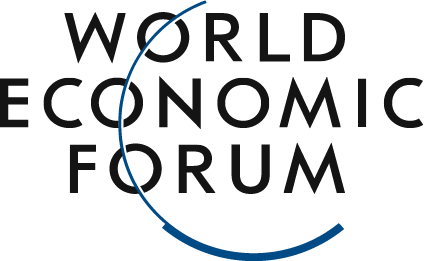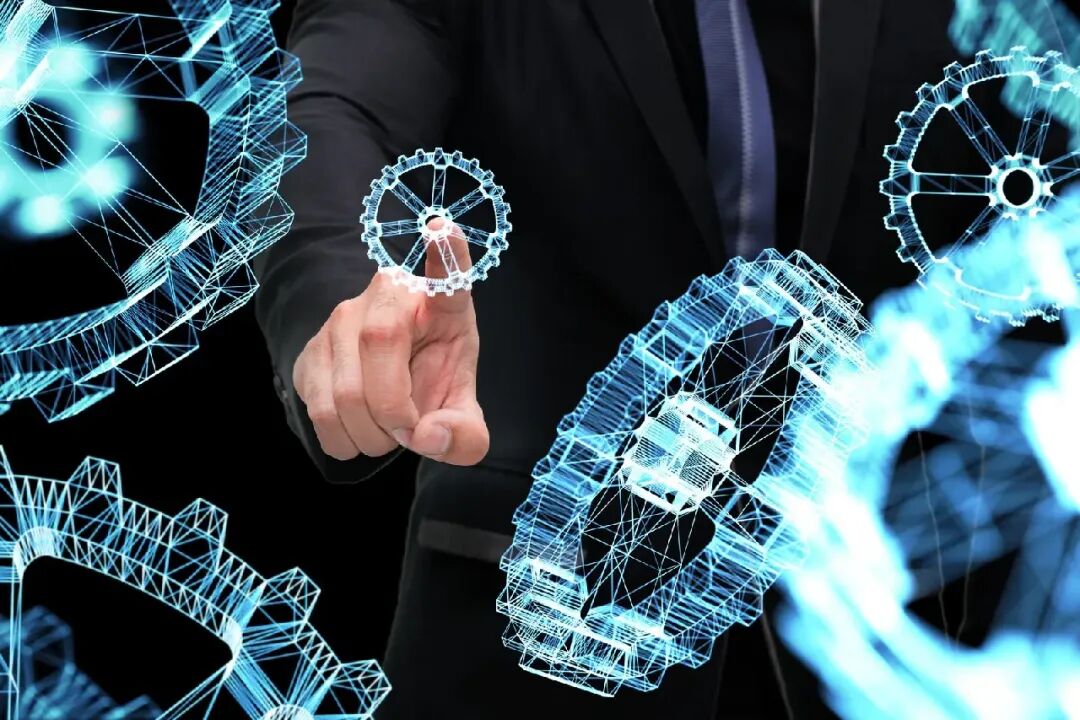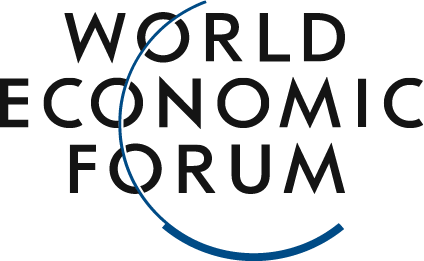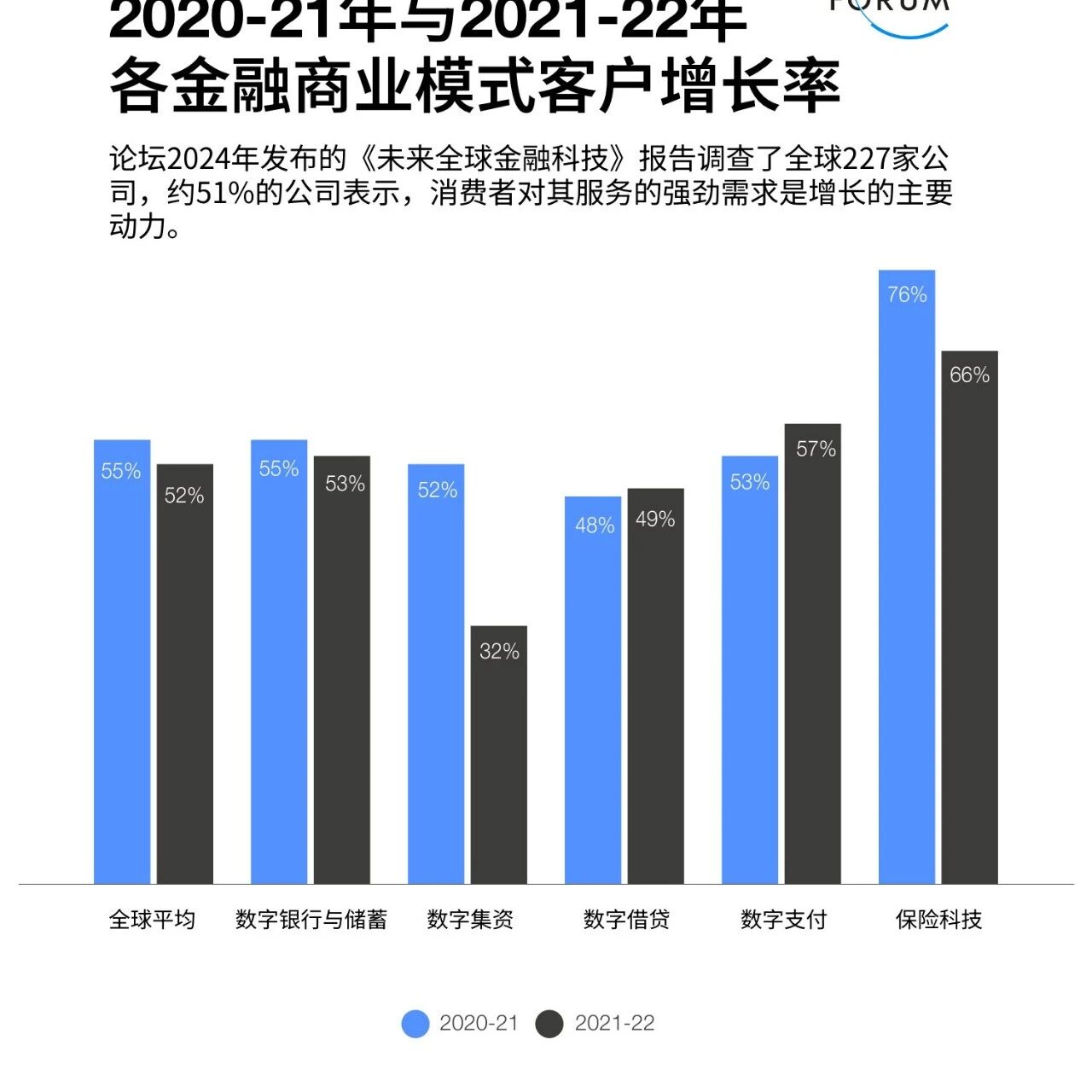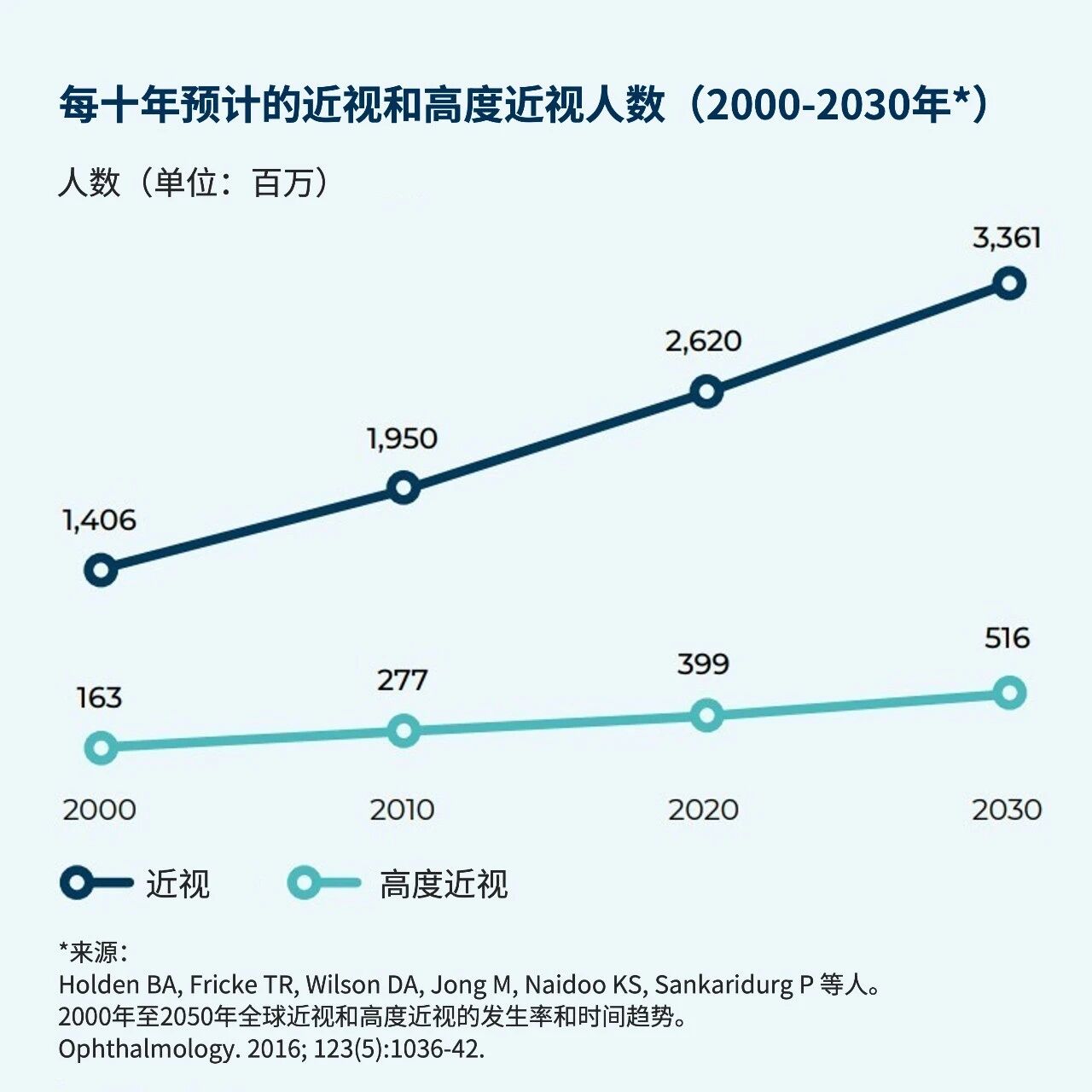Leveraging data for digital transformation can reshape industries.
Image source:Getty Images/iStockphoto
Matthias Rebellius
Member of the Siemens Management Board and CEO of Smart Infrastructure
Digitalization and data-driven approaches are powerful tools for achieving sustainable development.
Implementing digitalization in infrastructure such as data centers can deliver significant benefits to the most energy-intensive industries.
Digitization focused on green development can deliver broader, long-term benefits for the Sustainable Development Goals.
To make infrastructure sustainable, we need to bridge the physical and digital worlds. By leveraging data to make informed decisions, we can achieve more efficient asset management, drive profitable business outcomes, and, most importantly, enable more sustainable operations— all of which contribute to the United Nations Sustainable Development Goals.Is data really "the new oil"? Unlike the latter, when properly processed and analyzed, vast amounts of data can help make infrastructure more sustainable. Digitalization is the key to boosting efficiency, profitability—and, above all, sustainability. In energy-intensive industries, critical facilities, and even the most remote regions, digital investments consistently deliver tangible returns. Though the link between the physical and digital worlds often remains invisible, digitalization stands as our most powerful tool for driving a sustainable transformation. Let’s explore its value in greater detail.The volume of data transmitted over IP networks and stored across various media has long surpassed the zettabyte (ZB) threshold. Meanwhile, the sheer amount of information generated by the Internet of Things alone is projected to grow from 13.6 ZB in 2019 to an astonishing 79.4 ZB by 2025.By that time, global data volumes will reach 175 ZB. In comparison, the number of information bytes in 1 ZB is equivalent to the total number of sand grains found on every beach worldwide. Therefore, we must process and analyze this vast amount of data to manage complex distributed systems and support the long-term achievement of the Sustainable Development Goals.One of the goals involves energy: According to data from the International Energy Agency, to achieve net-zero targets, electricity must account for 28% of total energy consumption by 2030 and rise to 52% by 2050.According to data from the World Economic Forum, renewable energy usage needs to triple by 2030 and increase ninefold by 2050. These ambitious goals can only be achieved if our buildings, power grids, and transportation systems become significantly more efficient—and if we leverage advanced digital control systems, powered by these massive datasets, to harness even greater amounts of clean energy.Only with Bo's determination can the goal be achieved.Digital Twins and the Data Center DilemmaData centers are indispensable drivers of our digital transformation toward sustainable development, enabling more efficient data processing and storage. Yet, paradoxically, their massive energy consumption and significant carbon footprint pose serious challenges to sustainability. According to the International Energy Agency, they currently account for 1–1.5% of global energy use.By 2026, data centers could consume up to 1,000 TWh of electricity—enough to match Japan’s total annual power usage. In Ireland, data centers accounted for 21% of the country’s electricity consumption in 2023, surpassing the combined energy use of all urban households.Operators can enhance efficiency by integrating end-to-end decarbonization plans—leveraging data analytics—into their data center designs. Digital twins, which are data-driven representations of physical objects and processes, enable the planning of new infrastructure, the retrofitting of existing assets, and the optimization of performance. Lifecycle digital twins can help extend asset lifespans, manage decommissioned equipment, and improve capacity utilization—for instance, by reducing the reliance on concrete and steel in building structures. Meanwhile, energy digital twins can support sustainable growth strategies by simulating the benefits of integrating renewable energy sources directly at the site.Artificial Intelligence: A Driver of Sustainable DevelopmentWhile digital twins enable us to achieve sustainable development by identifying discrepancies between ideal digital models and the real world, artificial intelligence integrates these insights with analytical layers that sometimes resemble cognitive intelligence. A 2023 survey conducted by S&P Global highlighted how AI can be leveraged to deliver both economic and sustainability benefits.Respondents generally indicated that artificial intelligence has had a moderate to high impact on use cases, including the adoption of renewable energy, sustainable design of products and services, cost reduction through improved energy monitoring and management, and lowering carbon footprints.Moving toward a healthier planetOur collective effort to achieve net-zero emissions isn’t just about short-term business considerations—it’s about long-term benefits tied to sustainable development and digital investments that align with the United Nations Sustainable Development Goals. For instance, boosting industrial efficiency and decarbonization not only drives economic growth and fosters sustainable job creation but also plays a critical role in eradicating poverty and hunger. Meanwhile, smart cities—powered by advanced data analysis, sharing, and storage capabilities—are better equipped to address challenges like population aging, rapid urbanization, and growing populations in a sustainable way.The link between digitalization, decarbonization, and development is particularly evident in the healthcare sector. Building management and control systems, along with intelligent energy distribution solutions, empower hospital administrators to tackle rising energy and utility costs while keeping their departments’ growing emissions in check—emissions that already account for at least 4.4% of global greenhouse gas emissions. Siemens technologies are helping clinics worldwide operate more efficiently: at St. Joseph’s Hospital in Berlin, annual CO2 savings reach 1,300 tons; at the Jakarta Heart Center, energy consumption is reduced by approximately 12% each year; and at Northside Forsyth Hospital in the U.S., energy usage has dropped by an impressive 21.6%.Electrification that transforms livesIslands and other off-grid regions face unique challenges. For many remote, underserved communities, data-driven electrification and resilient green energy are not just game-changers—they’re transforming lives. For instance, a clean and reliable energy supply enhances food and medicine safety through refrigeration, while also improving access to healthcare. By eliminating the need to import fossil fuels, communities can now power machinery and advanced electronic devices, paving the way for sustainable economic growth and creating much-needed job opportunities.Renewable energy sources such as solar, wind, hydropower, or geothermal are crucial for protecting plants and wildlife—especially on islands with unique local ecosystems. Microgrid solutions, including data-driven smart controls and battery storage systems, can meet the needs of these communities, safeguard natural resources, reduce or eliminate diesel consumption, and help them achieve self-sufficiency.Looking toward the future, start right now.Whether it’s data centers, hospitals, or off-grid communities, the sustainability benefits of digitalization far outweigh mere financial gains. In certain sectors, digital solutions have already delivered direct, tangible returns in terms of sustainable development outcomes. Meanwhile, other Sustainable Development Goals—such as quality education or decent work and economic growth—can be indirectly advanced through data-driven approaches. These remarkable achievements underscore that investing in smart infrastructure, regardless of the application or location, will yield "compound interest" for the United Nations’ Sustainable Development Goals.Therefore, we must act decisively to ensure the benefits of the digital revolution are shared widely and equitably. By harnessing the power of today’s data, we’re already preparing our infrastructure and built environment for the future. And by investing in digitalization today, we’re not only reaping immediate efficiency gains—we’re also paving the way to safeguard a livable planet for generations to come.
The above content solely represents the author's personal views.This article is translated from the World Economic Forum's Agenda blog; the Chinese version is for reference purposes only.Feel free to share this in your WeChat Moments; please leave a comment below if you'd like to republish.
Editor: Wang Can
The World Economic Forum is an independent and neutral platform dedicated to bringing together diverse perspectives to discuss critical global, regional, and industry-specific issues.
Follow us on Weibo, WeChat Video Accounts, Douyin, and Xiaohongshu!
"World Economic Forum"
